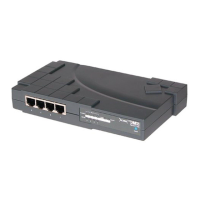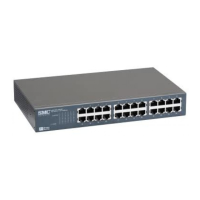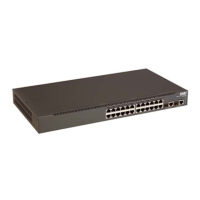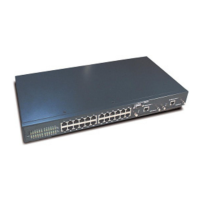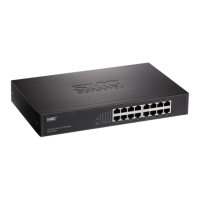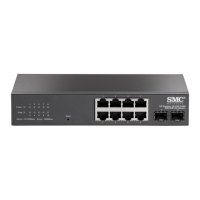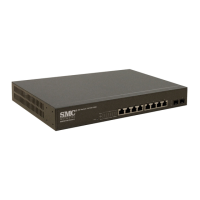C
ONSOLE
I
NTERFACE
4-56
Displaying Aggregator Information
Use the LACP Status page to show trunks and associated ports, and to
display detailed information for dynamic links.
Field Attributes
Static Trunks
• Group Key – Displays static trunks.
• Port No – The port members assigned to the trunk.
Dynamic Trunks
• Actor – The device that initiated the trunk.
• Partner – The device that responded to a link initialization request.
• Priority – The priority used to select the device that initiates the trunk
if both ends of the link are set to the LACP State of “Active.” This is the
same as the System Priority on the Aggregator Setting page.
• MAC – The physical address of the devices at both ends of the link.
• Port No – Active port members. (Other ports may be in standby mode.)
• Key – Only one dynamic trunk can be activated between two devices,
so a key is sent to the partner device to uniquely identify each trunk. A
trunk can only be formed if the devices at both ends of a link use the
same key. A key is automatically generated by the switch when
configuring a trunk.
• Active – Indicates whether a port has been set to actively initiate a trunk
when an LACP partner is detected at the other end of the link. This field
is configured in the State Activity page.
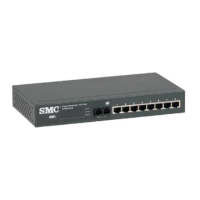
